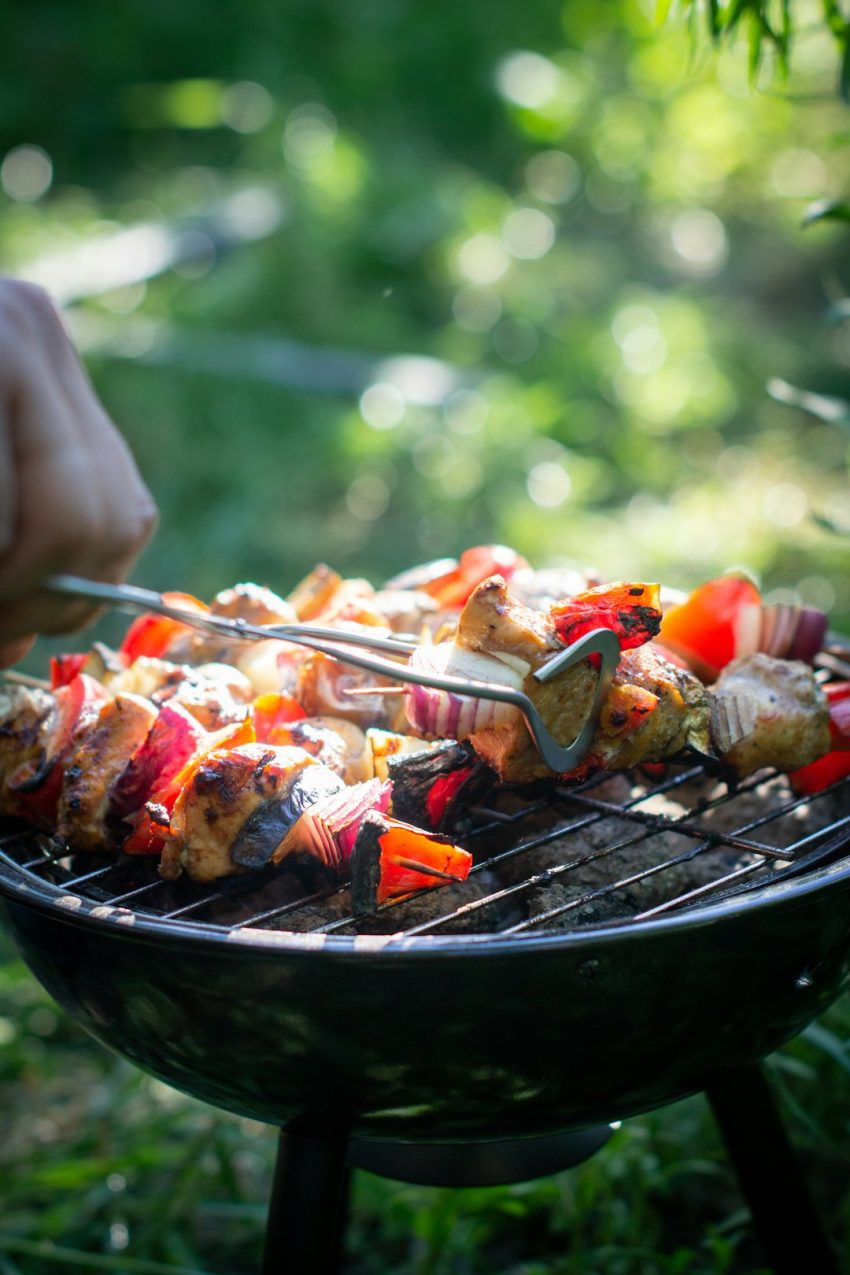Crafting the perfect homemade BBQ brisket involves several key steps. First, select a high-quality, well-marbled cut of beef (10-14 pounds) and properly trim excess fat. Create a robust dry rub with coarsely ground spices like salt, pepper, garlic powder, paprika, and onion powder. Slow-cook the brisket at 225°F-250°F (107°C-121°C) for 12-18 hours to break down tough muscle fibers. Add a tangy ketchup-based BBQ sauce in the final hour for extra flavor. Rest, slice across the grain, and serve with complementary sides like coleslaw, baked beans, warm rolls, or cornbread.
Unleash the ultimate BBQ experience with our guide to crafting fall-apart tender brisket. This homemade BBQ recipe takes you on a journey from choosing the perfect cut to mastering low and slow cooking techniques. Learn the art of dry rub seasoning, smoking for maximum tenderness, and creating a classic BBQ sauce twist. Discover serving suggestions and tips to replicate this mouthwatering dish at home, ensuring every bite is a flavorful adventure.
- Choosing the Perfect Brisket Cut
- Dry Rub Seasoning: Crafting the Foundation of Flavor
- Smoking Techniques for Maximum Tenderness
- The Art of Low and Slow Cooking
- Mastering the BBQ Sauce: A Classic Twist
- Resting and Slicing: Ensuring a Tender Experience
- Serving Suggestions: Pairings for a Delicious Brisket Plate
- Tips for Replicating the Flavor at Home
Choosing the Perfect Brisket Cut
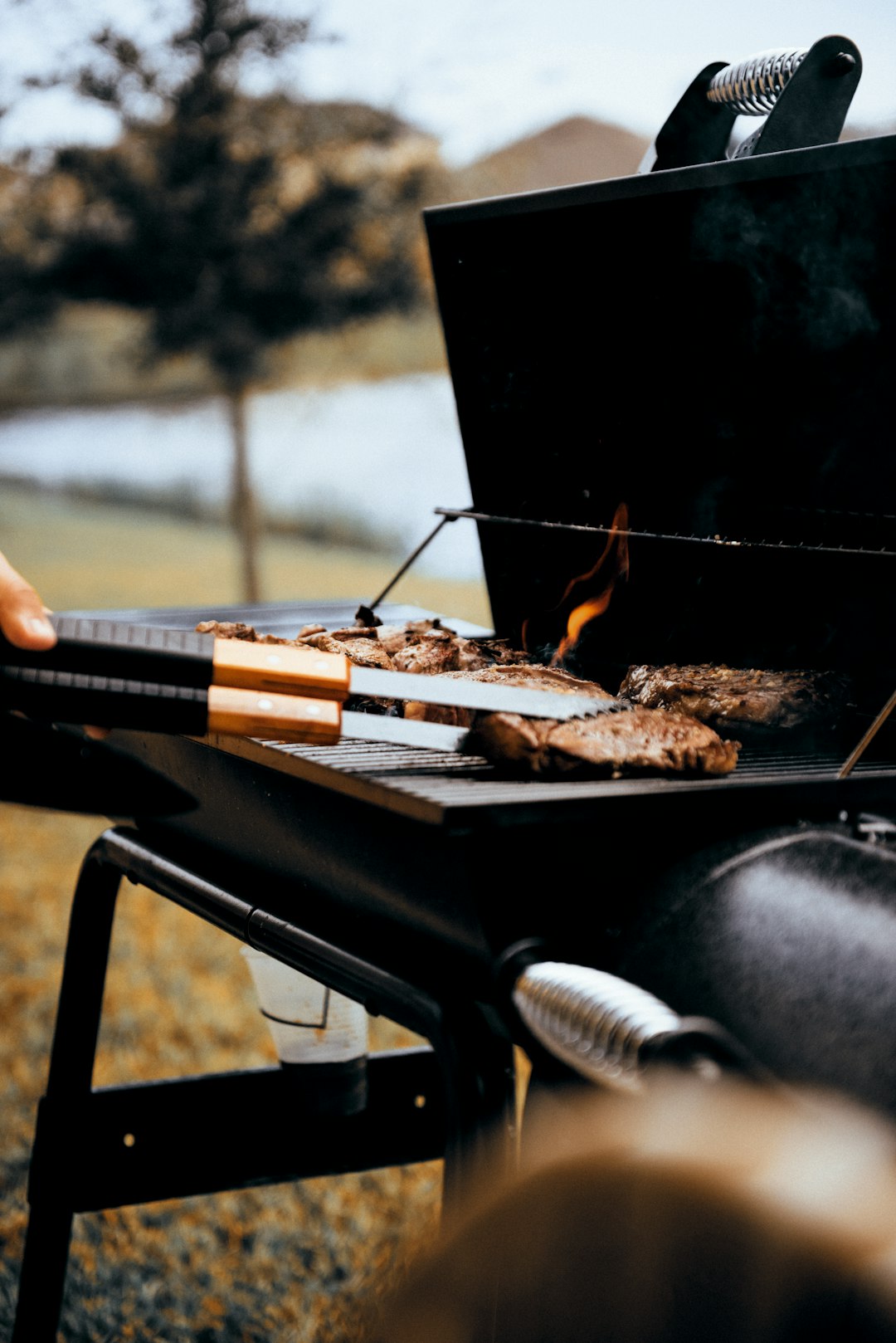
When it comes to crafting the perfect fall-apart tender BBQ brisket, selecting the right cut is a crucial first step in your homemade BBQ recipe journey. Look for a whole packer brisket with good marbling—the fat streaks running through the meat. This fat is vital as it renders during slow cooking, adding rich flavor and keeping the brisket incredibly moist. Aim for a 10–14 pound cut for an ample serving, ensuring you have enough to share with friends and family.
The packer brisket typically includes both the point (a leaner end) and flat (fattier section) cuts, offering a balance of flavor and tenderness. Properly trimming excess fat is essential, leaving just enough to keep the meat juicy during the slow-cooking process. This technique guarantees your BBQ brisket turns out melt-in-your-mouth tender with every homemade BBQ recipe attempt.
Dry Rub Seasoning: Crafting the Foundation of Flavor

Crafting a dry rub seasoning is a key step in achieving fall-apart tender BBQ brisket. This homemade BBQ recipe starts with a blend of coarsely ground spices, offering a robust foundation for deep, rich flavors. Common components include salt, pepper, garlic powder, paprika, and onion powder, which work together to penetrate the meat, enhancing its natural taste.
The rub’s texture is crucial; it should cling to the brisket without being too fine, allowing for a satisfying crust as the meat cooks slowly over low heat. Customizing your dry rub is easy, with options like adding chili powder for heat or herbs like thyme and rosemary for a smoky, aromatic twist. This adaptable seasoning is a game-changer for any backyard BBQ, ensuring your brisket stands out as the star of the show.
Smoking Techniques for Maximum Tenderness
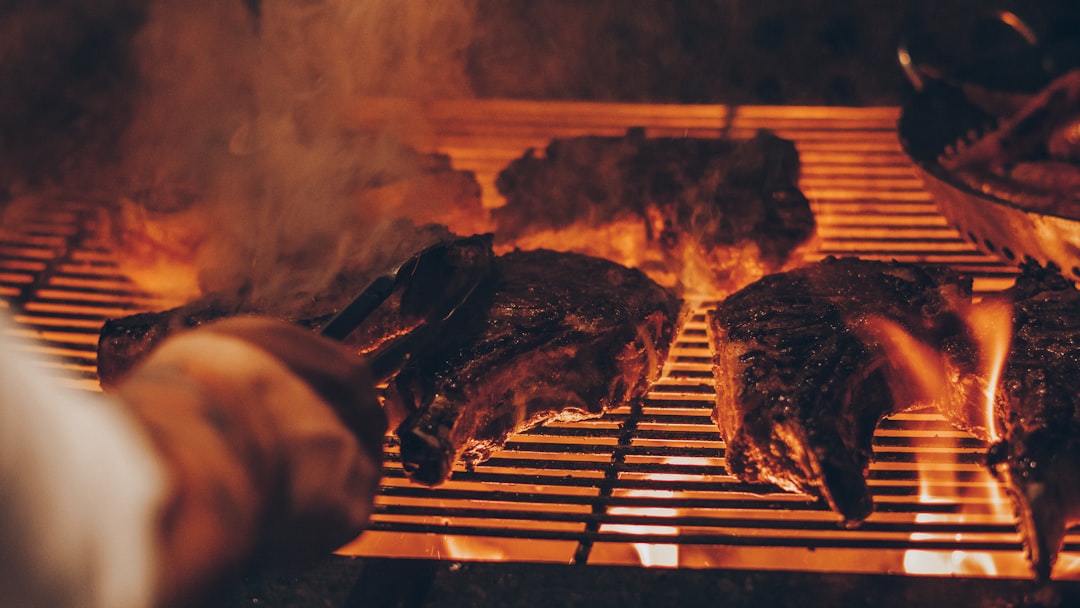
To achieve maximum tenderness in your homemade BBQ brisket recipe, smoking techniques play a crucial role. The art of slow cooking at low and consistent temperatures is key to breaking down the tough muscle fibers in the meat. Aim for a temperature range between 225°F to 250°F (107°C to 121°C) – this gentle approach ensures the brisket cooks evenly, allowing the natural juices to remain locked in.
A slow and steady smoke allows the flavors from the BBQ rub and sauces to deeply penetrate the meat, creating a rich, complex taste profile. Whether you’re using a traditional smoker, a kamado grill, or even a backyard fire pit, maintaining a consistent temperature is essential. The result? A fall-apart tender brisket that glistens with juices and melts in your mouth – the ultimate homemade BBQ delight!
The Art of Low and Slow Cooking
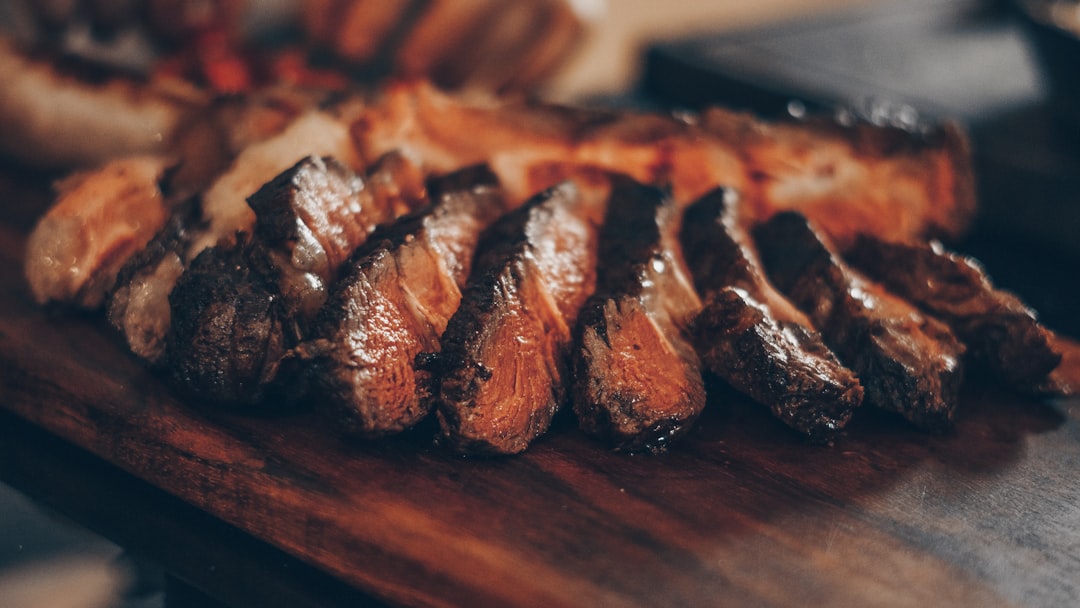
The secret to achieving that mouthwatering, fall-apart tender BBQ brisket lies in the ancient art of low and slow cooking. This method, a favorite among barbecue enthusiasts, allows the meat to cook gently over low heat for an extended period. By doing so, the collagen in the brisket slowly breaks down, transforming into delicious, rich flavors and making the meat incredibly tender.
This DIY BBQ recipe requires patience but is well worth the wait. Setting up your smoker or oven at a consistent, low temperature creates an environment where time becomes your ally. The slow cooking process not only ensures that the brisket stays moist but also intensifies its natural juices, creating a rich, deep flavor profile that will satisfy any barbecue lover’s cravings.
Mastering the BBQ Sauce: A Classic Twist
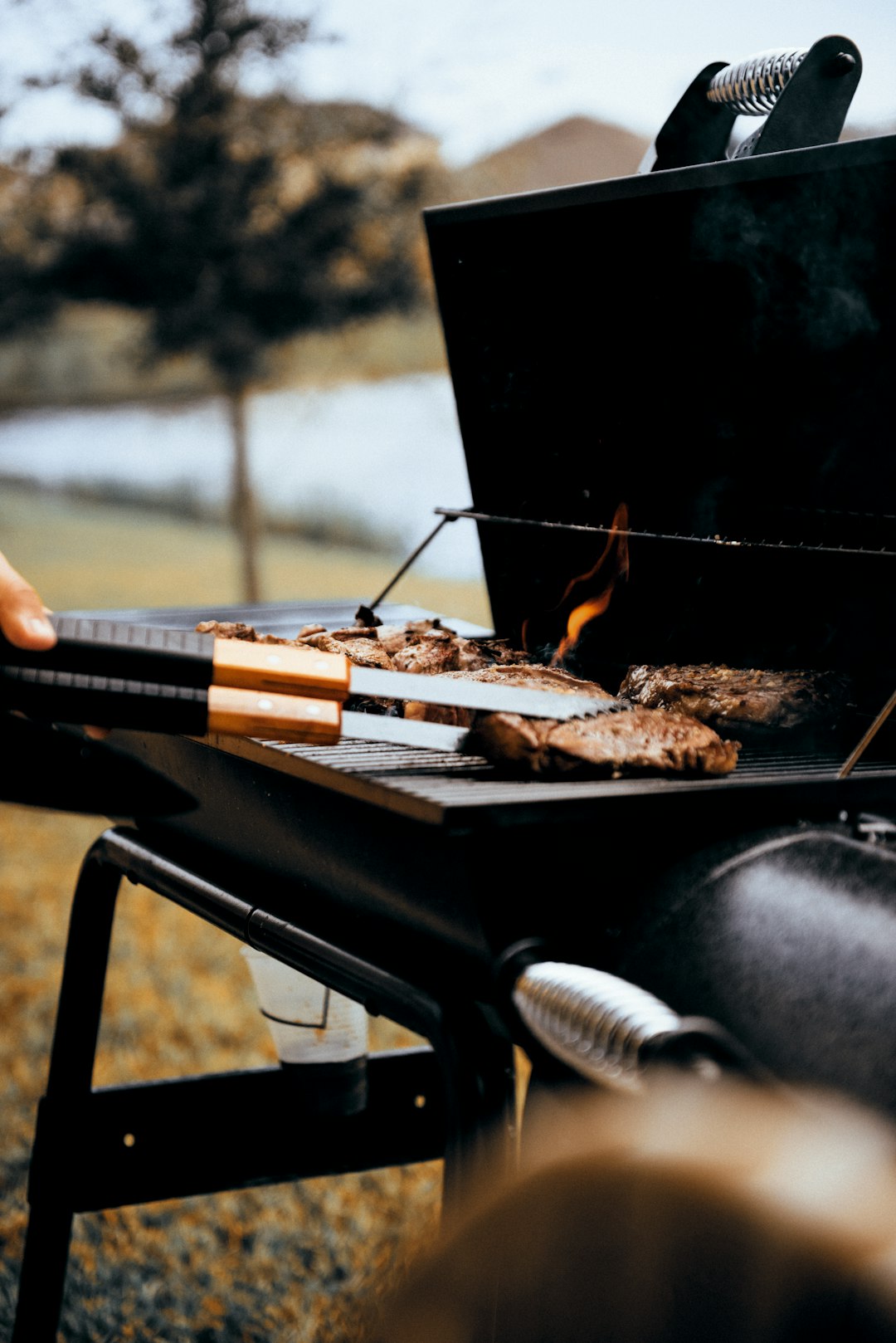
Mastering the perfect BBQ sauce is an art that can elevate your homemade BBQ recipe to new heights. While many opt for store-bought sauces, taking the time to create your own allows for a truly unique and flavorful experience. A classic twist on the traditional BBQ sauce involves balancing sweetness and tanginess. Start with a base of ketchup, vinegar, and brown sugar—a trio that creates a rich, deep flavor profile. Add a pinch of garlic powder and onion powder for an extra layer of savory goodness. For a kick, incorporate chili powder or cayenne pepper, but adjust to your preference. Let the sauce simmer until it thickens slightly, ensuring it coats the back of your spoon. This process allows the flavors to meld together beautifully. Once your brisket is cooked to perfection and slightly charred, brush on this homemade BBQ sauce for a fall-apart tender, mouthwatering delight.
Resting and Slicing: Ensuring a Tender Experience
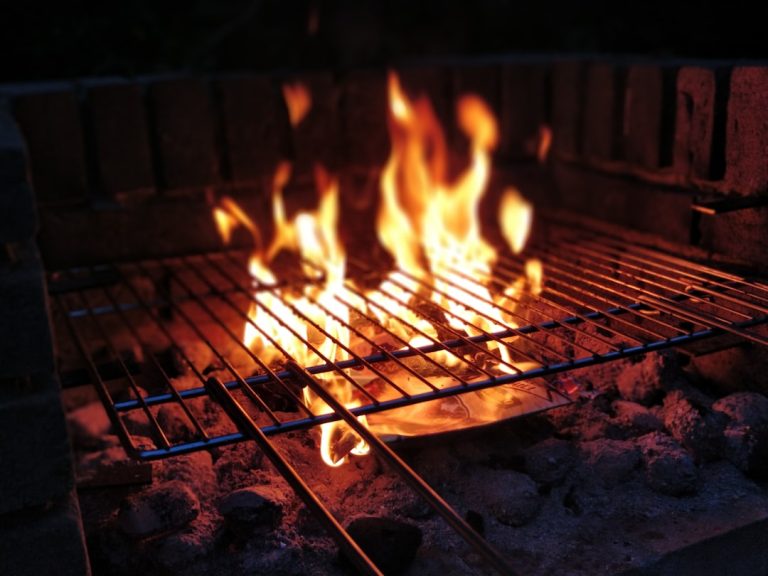
After slowly cooking your brisket to perfection, resting and slicing it correctly is essential for achieving a tender, flavorful experience in every bite. When you remove the brisket from the smoker or grill, don’t rush to slice it immediately. Allow it to rest for about an hour, which allows the juices to redistribute throughout the meat. This simple step ensures that your homemade BBQ recipe stays moist and juicy when sliced.
During resting, the exterior fibers contract slightly, making it easier to slice without tearing the meat. Once rested, carefully slice the brisket across the grain into thin, even pieces. Cutting against the grain results in shorter, more tender slices rather than tough, stringy ones. This technique ensures your guests enjoy a rich flavor and incredibly tender BBQ brisket experience.
Serving Suggestions: Pairings for a Delicious Brisket Plate
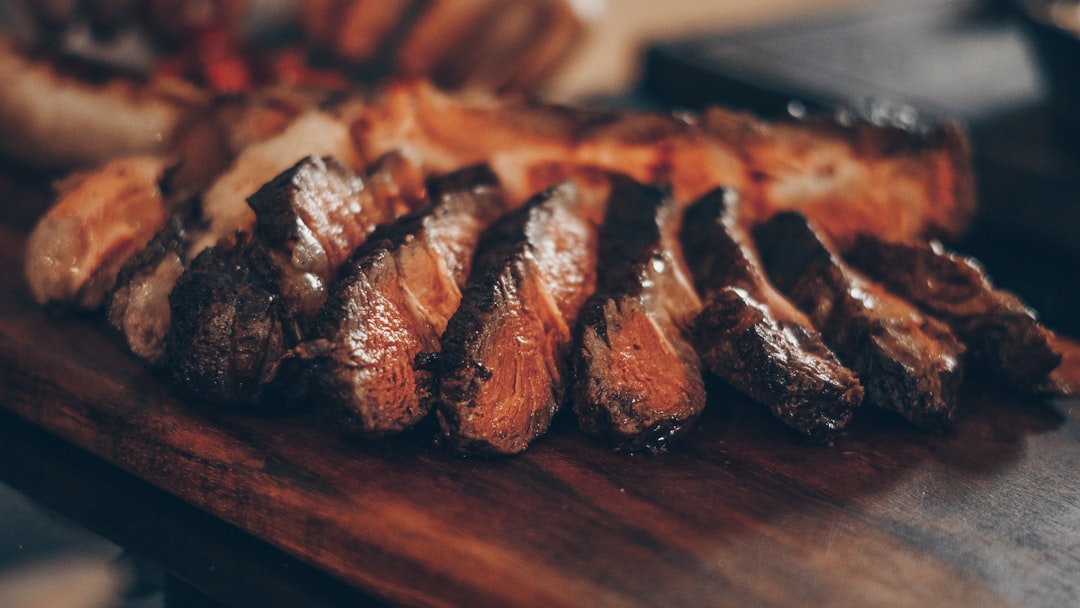
When serving your fall-apart tender BBQ brisket, think beyond just meat and pickles on a plate. A true gourmet experience awaits when paired with complementary sides and drinks. For a classic homemade BBQ recipe twist, serve it up with creamy coleslaw for that tangy kick. Baked beans offer a hearty complement to the rich flavor of the brisket, creating a satisfying meal.
Don’t underestimate the power of a good bread – choose a soft, warm roll or even cornbread to soak up all those lip-smacking sauces. And for beverage pairings, a cold beer or a robust red wine will enhance the BBQ experience. A home-cooked meal isn’t complete without dessert, so consider serving some homemade apple pie à la mode – the sweet and savory combination is sure to please!
Tips for Replicating the Flavor at Home
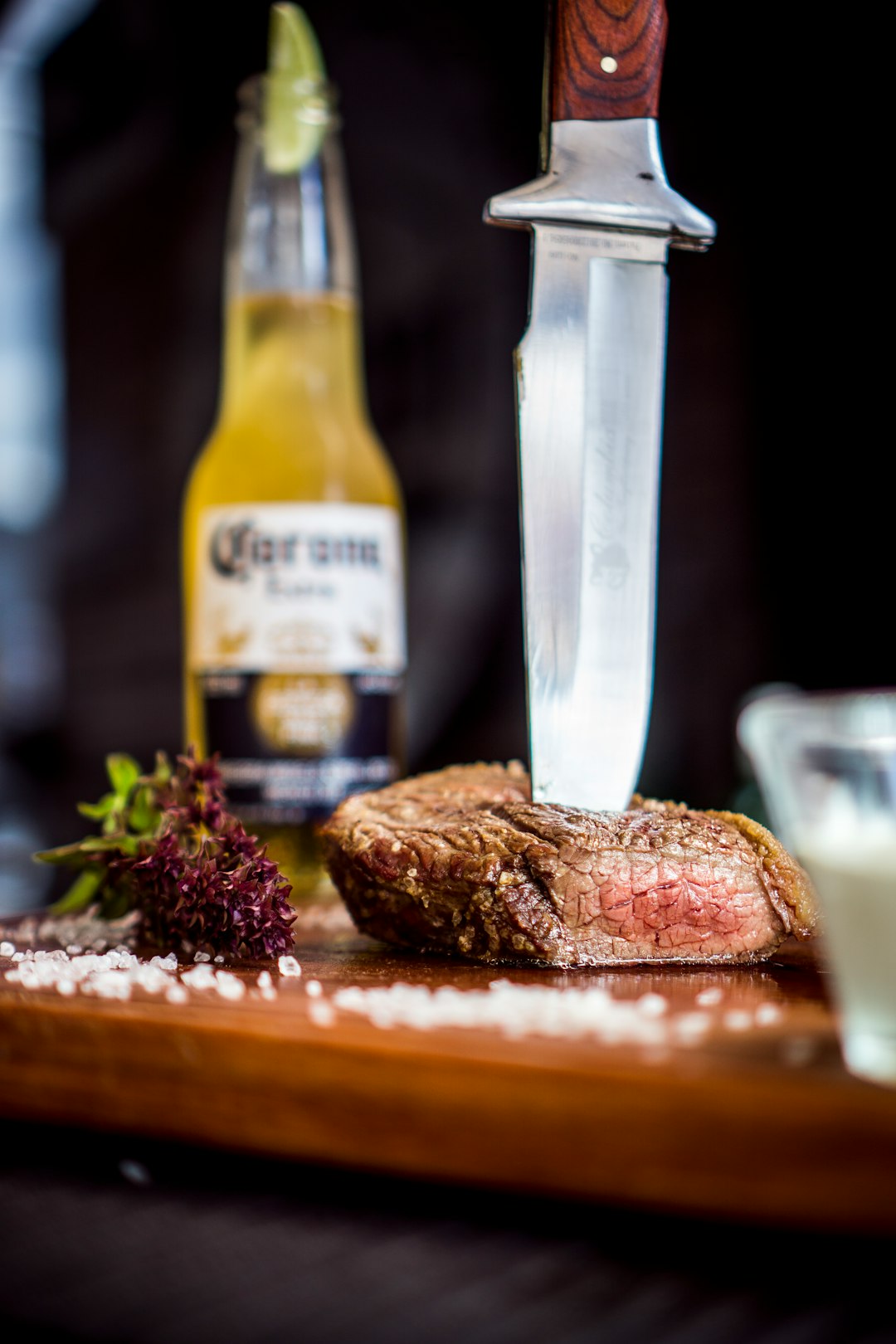
Recreating the fall-apart tender, rich flavor of BBQ brisket at home is achievable with a few key tips. First, select a high-quality cut of beef brisket, aiming for a well-marbled muscle. This ensures a moist and tender end product. Next, use a dry rub to enhance the meat’s natural flavors; a blend of spices like paprika, garlic powder, salt, and pepper is a classic choice. Rub the spice mix generously over the brisket before slow-cooking it at low temperatures (around 225°F/107°C) for an extended period—this breaks down connective tissues, resulting in that delectable fall-apart texture.
For an authentic homemade BBQ recipe, consider adding a simple sauce during the last hour of cooking. A combination of ketchup, vinegar, brown sugar, and your favorite spices can be brushed onto the brisket to create a sticky, savory glaze. This final touch not only enhances the flavor but also makes for stunning presentation.
